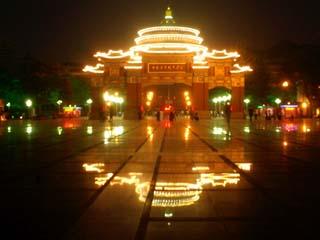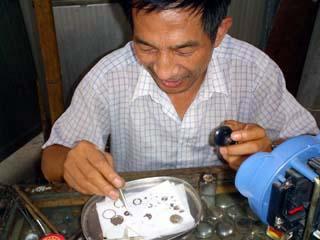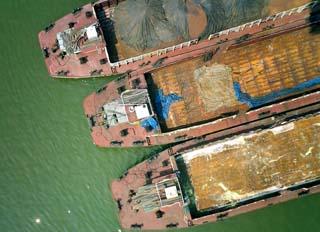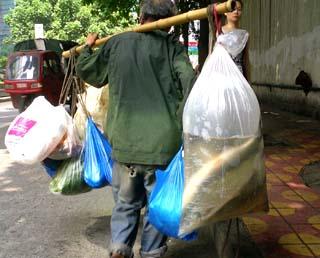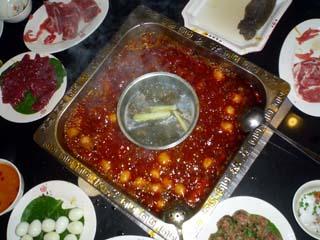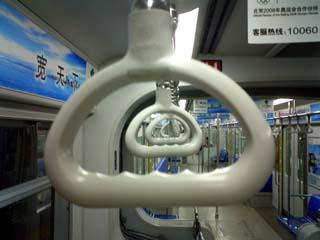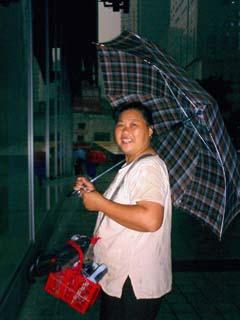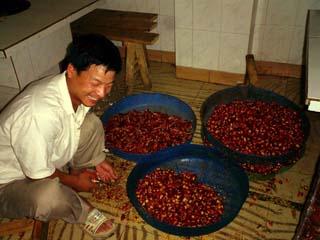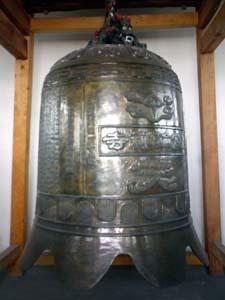Tallest Standards

The launch of my installation went well this morning. We had about 100 guests, from government officials to school children and loads of media people, and all seemed to make a connection with the work.
I was happy that many were also inspired enough to want to progress onto some sort of next stage. The local radio station for example want to broadcast the piece and combine it with an interview with myself and others who have experienced the installation; also, one of the directors in the television company wants to introduce the work to his American media contacts, so who knows where this could lead....
There has also been some talk about using the installation as a catalyst for discussions with urban designers with relation to the acoustic design of the city's future development. And, finally, there is a desire for the installation to take up permanent status in one of the city's museums as it is felt that the piece speaks so powerfully for Chongqing.
As I said in my pre-launch speech this morning, this city has perhaps the most exciting soundscape of any that I have so far visited. This is not only because of the wide variation of sounds but also because there is still enough space (acoustic and physical) for the sounds to exist and to be heard. However, Chongqing is developing at a rapid pace and so is in a crucial period in relation to the developmental decisions that have to be made and their effect on how the city sounds. It therefore remains to be seen (and heard) what the future Chongqing will sound like. My hope is that my work here will be able to play some part in influencing these right decisions to be made.
END OF BLOG

